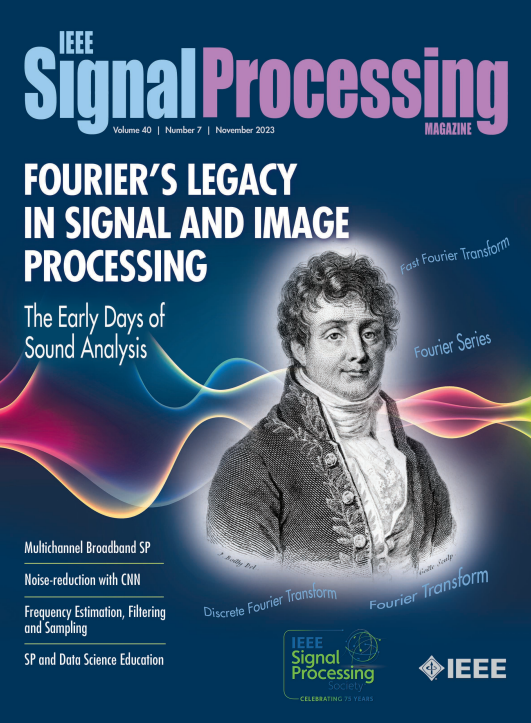Wideband Near-Field Integrated Sensing and Communications: A hybrid precoding perspective
IF 9.6
1区 工程技术
Q1 ENGINEERING, ELECTRICAL & ELECTRONIC
引用次数: 0
Abstract
Integrated sensing and communications (ISAC) is a promising technology in solving the exacerbated spectrum congestion problem. Future developments of ISAC are expected to provide high-data-rate communications and high-resolution sensing, which demand a large frequency bandwidth and a large-scale (XL) antenna array. This has a two-fold consequence. The electromagnetic (EM) properties change from far-field uniform planar wave (UPW) to near-field uniform spherical wave (USW) propagation, and the waveform must now follow the wideband signal model in lieu of the commonly assumed narrow-band signal structure. The consideration of near-field wideband ISAC has recently prompted a reevaluation of the design techniques, including channel modeling and parameter estimation as well as precoding technologies. In this article, we review the principles of near-field wideband sensing and communications and describe the progress made in devising suitable precoding techniques. Various approaches to ISAC system design, including fully digital and hybrid analog‒digital precoders, are discussed along with their respective benefits and limitations. The efficacy of the design is judged by the achievable accuracy in target range and angular direction estimates, the power focusing, and the communication quality of service (QoS). We provide at the end a perspective on possible future research and trends in this area.宽带近场集成传感与通信:混合预编码的视角
集成传感与通信(ISAC)技术是解决日益严重的频谱拥塞问题的一种很有前途的技术。ISAC的未来发展预计将提供高数据速率通信和高分辨率传感,这需要大频率带宽和大型(XL)天线阵列。这有双重后果。电磁(EM)特性从远场均匀平面波(UPW)传播到近场均匀球面波(USW)传播,并且波形现在必须遵循宽带信号模型而不是通常假设的窄带信号结构。考虑到近场宽带ISAC,最近促使了对设计技术的重新评估,包括信道建模和参数估计以及预编码技术。在本文中,我们回顾了近场宽带传感和通信的原理,并描述了在设计合适的预编码技术方面取得的进展。讨论了ISAC系统设计的各种方法,包括全数字和混合模数预编码器,以及它们各自的优点和局限性。通过对目标距离和角方向估计的可实现精度、功率聚焦和通信服务质量(QoS)来判断设计的有效性。最后,我们对该领域未来可能的研究和趋势进行了展望。
本文章由计算机程序翻译,如有差异,请以英文原文为准。
求助全文
约1分钟内获得全文
求助全文
来源期刊

IEEE Signal Processing Magazine
工程技术-工程:电子与电气
CiteScore
27.20
自引率
0.70%
发文量
123
审稿时长
6-12 weeks
期刊介绍:
EEE Signal Processing Magazine is a publication that focuses on signal processing research and applications. It publishes tutorial-style articles, columns, and forums that cover a wide range of topics related to signal processing. The magazine aims to provide the research, educational, and professional communities with the latest technical developments, issues, and events in the field. It serves as the main communication platform for the society, addressing important matters that concern all members.
 求助内容:
求助内容: 应助结果提醒方式:
应助结果提醒方式:


